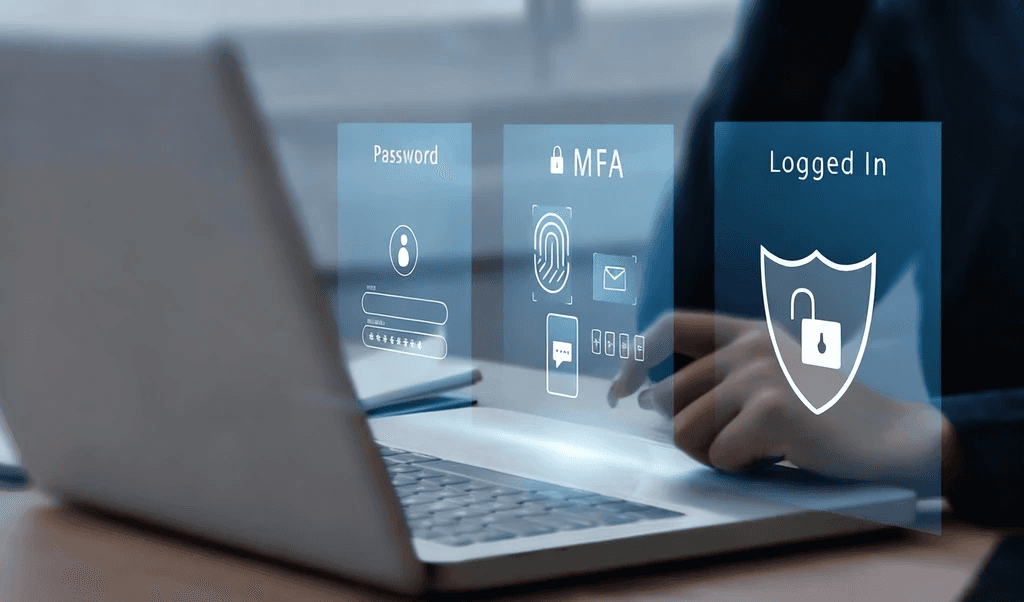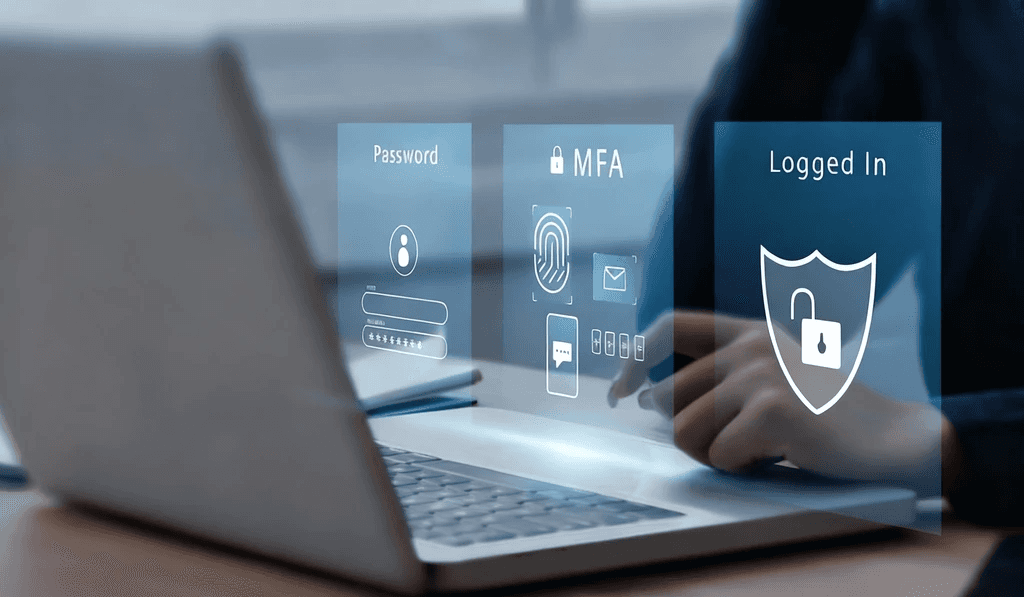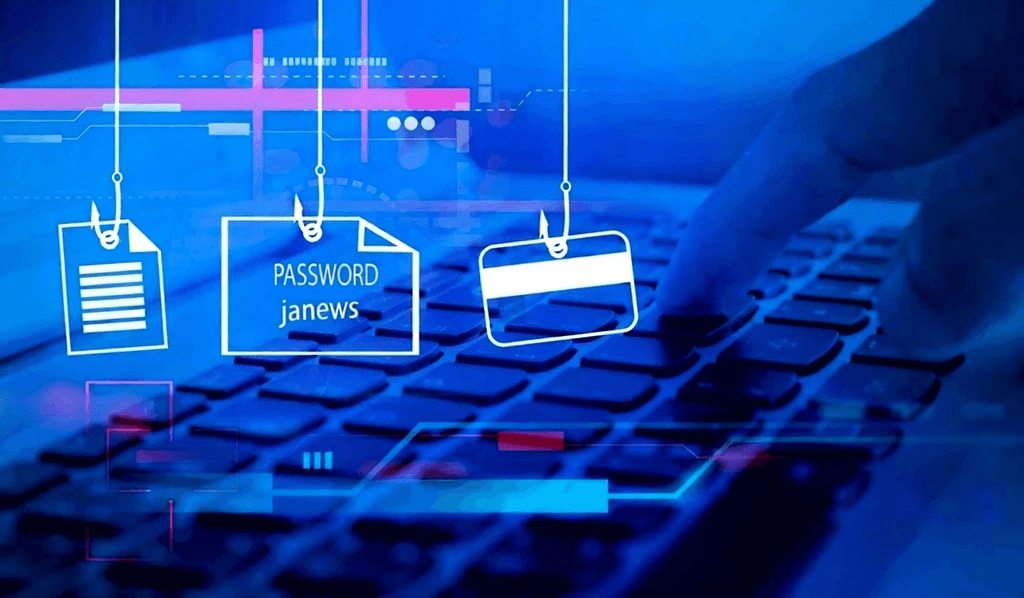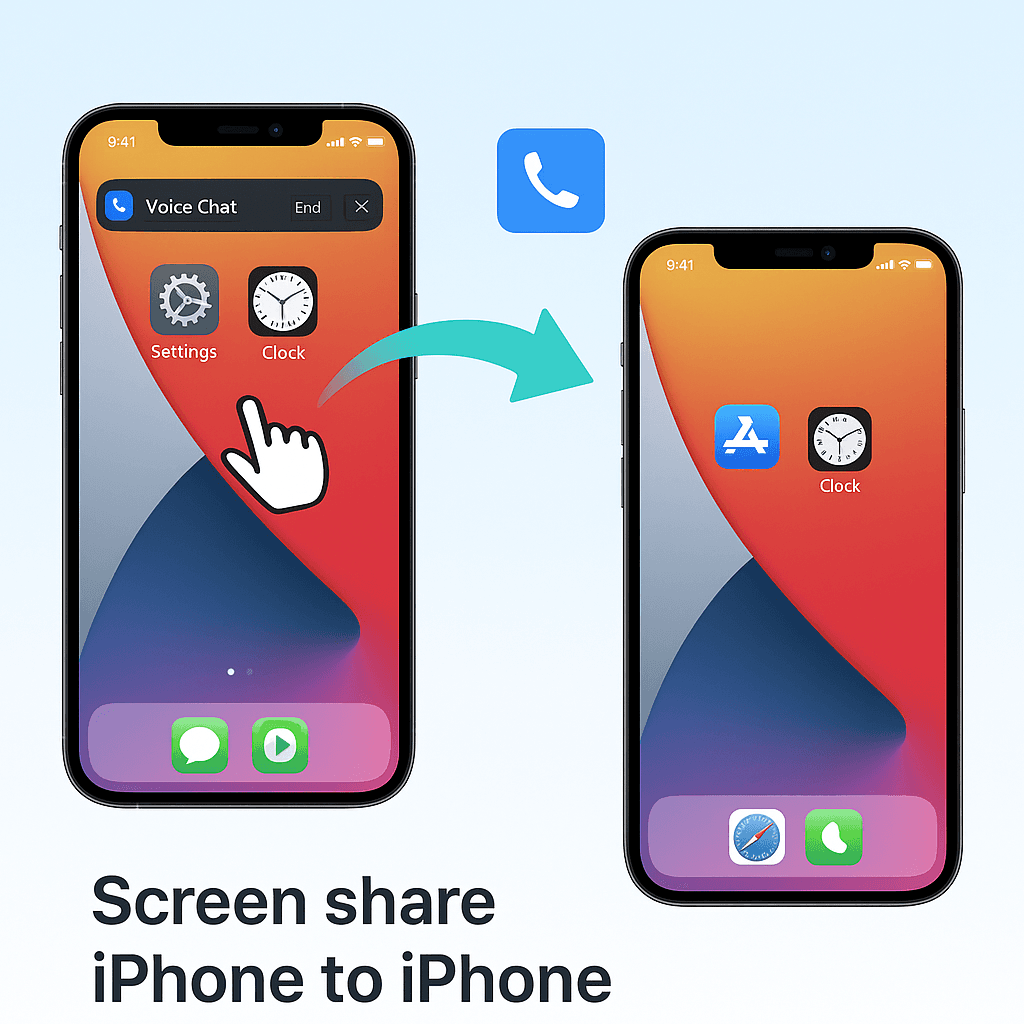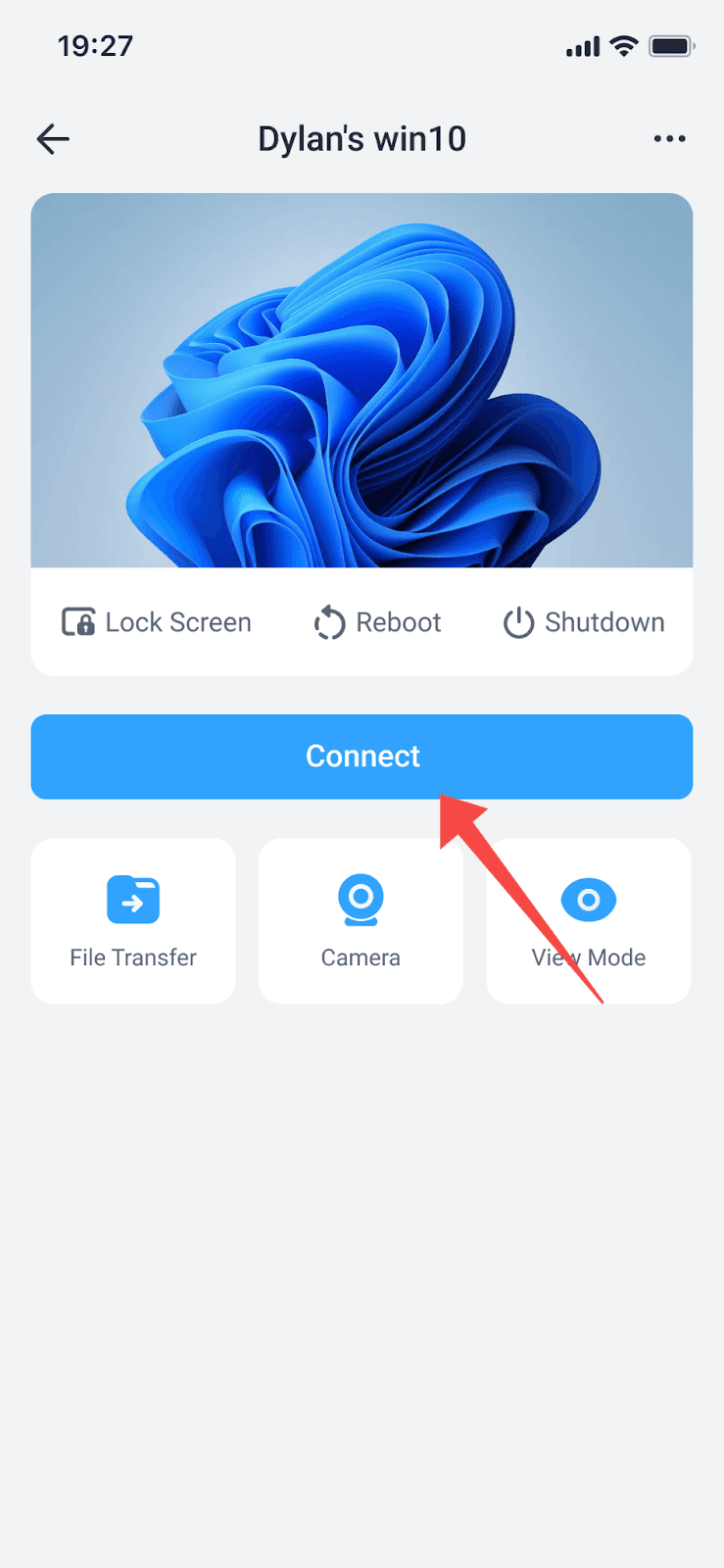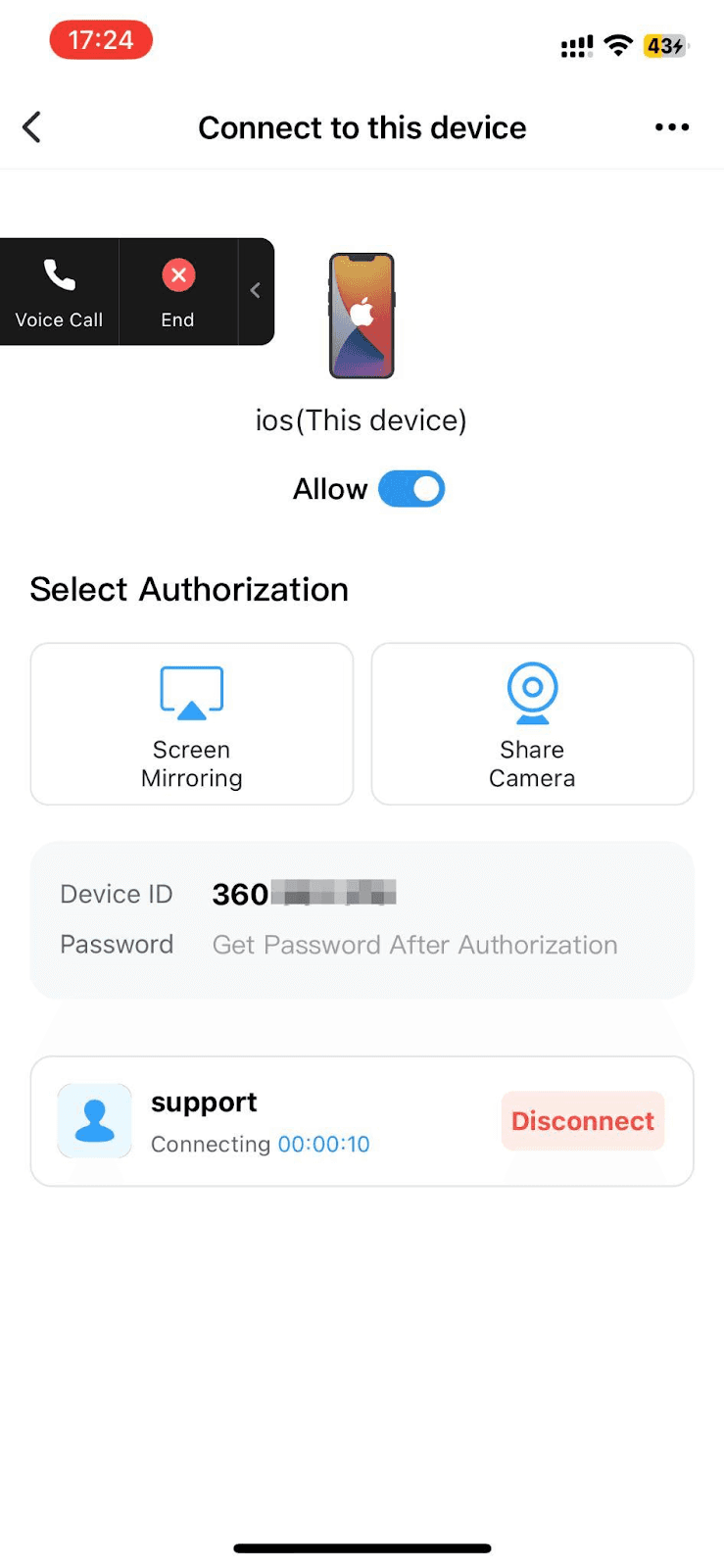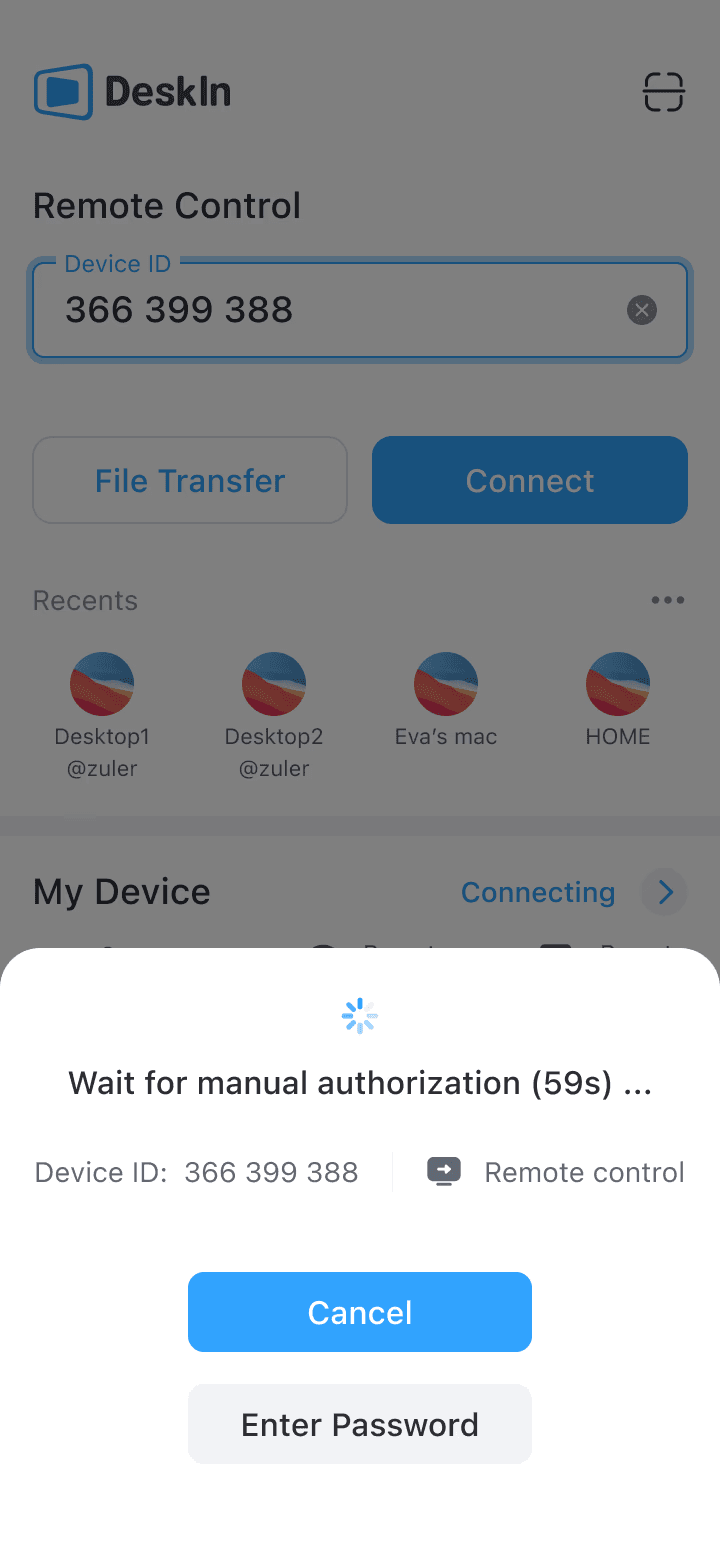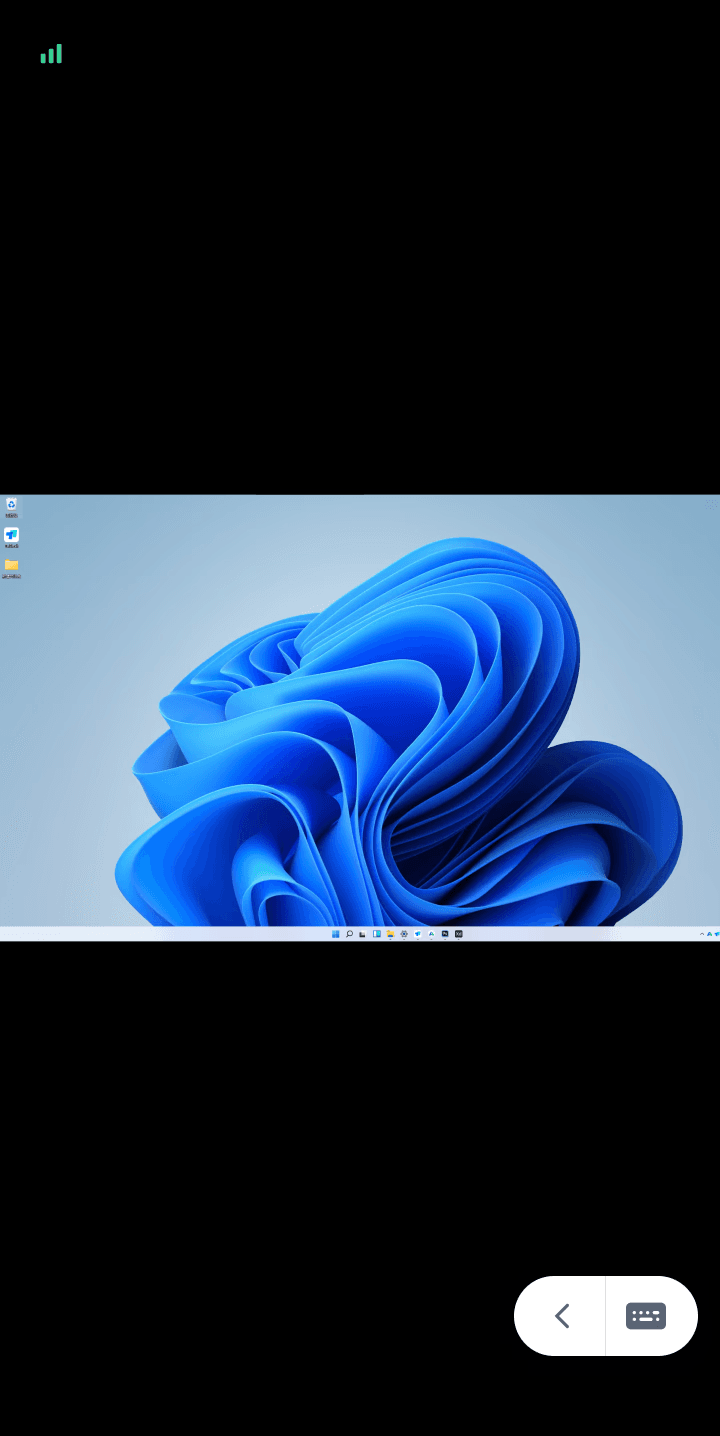Remote desktop software revolutionizes the way we interact with technology, enabling seamless access and control of distant devices. This article explores the core functionalities of such tools and highlights five top solutions for Windows users, including the high-performance DeskIn.
What is remote desktop software?
Remote desktop software is a tool that allows people to remotely access and control remote computers with local devices. Through remote software, users can remotely operate applications, send files and change settings of other computers as if they were working locally.
Main functions of remote desktop software
Remote Access: Allows users to remotely access and control other computer devices.
File Transfer: Supports wireless file transfer between remote devices and local devices.
Remote Collaboration: Allows users to share clipboard between remote and local devices.
Remote printing: Allows users to print files from remote computers to local or network printers directly.
Multiplayer collaboration: Allows multiple users to access the same remote computer at the same time.
5 Best Remote Desktop Software for Windows
Deskln - High performance remote desktop software
DeskIn is a remote software designed for individual users. It runs smoothly on Windows systems and provides a seamless remote desktop experience. Not only does it have high definition and low latency, but also very stable connection. The writer myself tried to remote access a Macbook with Windows PC, and the connection was not lost even after one night! DeskIn supports cross-platform connection between Windows, Mac, iOS or Android. In addition to remote connection, it also has screen management and real-time communication features.
Pros:
High performance and low latency: DeskIn supports up to 4K image quality, and latency less than 40ms, allowing smooth remote connection experience.
System compatibility: DeskIn supports seamless connection and remote access between Windows, iOS, MacOS and Android. It also supports initiating remote connections from the Web, making it more flexible.
Rich features: Other than remote access, DeskIn provides multiple collaboration and screen management functions such as extend screen, cast screen, voice call, annotation, shared clipboard, etc. One app fits all needs.
High-speed file transfer: DeskIn supports cross-system file transfer with no restrictions on size, type, and quantity, and the speed is up to 12MB/S.
High security: 256-bit encryption, allowing to set black and white lists, security passwords, only allowing connections with the same account, locking the client, etc.
Cons:
Linux system and Google TV are not supported yet


TeamViewer-Great choice for enterprises user
As one of the earliest remote desktop software, TeamViewer has a wide user base in large enterprises. Its performance on Windows systems is remarkable, not only showing strong functionality and flexibility, but also making great efforts in user experience and security. It is undoubtedly the best choice for large enterprises to carry out remote management and control.
Pros:
System Compatibility:In addition to Windows, MacOS, iOS, and Android, it also supports use on Linux and Chrome OS.It gives a seamless remote connection experience for IT engineers. Remote collaboration can be realized no matter what device team members use.
Fully functional:In addition to various practical functions such as remote desktop, file transfer, and voice calls, TeamViewer also has many management features, allowing enterprises to uniformly manage internal devices.
Technical support and services:TeamViewer has a strong technical support team that can provide users with timely and effective technical support and solutions. This provides a strong guarantee for enterprise users to solve various problems during use.
Cons:
Expensive: The price of the commercial version of TeamViewer is relatively high, some features require additional payment to unlock, which makes it inaccessible for users with limited budgets.
Slow file transmission: After comparing multiple remote software, Teamviewer has the slowest file transfer speed, and there is a limit on file size——4GB or less at a time.

AnyDesk-Enable flexible remote access
With the core features of being lightweight, efficient, and safe, Anydesk aims to provide users with a smooth and convenient remote operation environment. Whether they are enterprise users, technical support teams, or individual users, they can get the remote access capabilities they need from AnyDesk.
Pros:
Lightweight and efficient:With an installation file of only 1.1 MB, AnyDesk is one of the most lightweight remote access solutions on the market. You can download it in just a few seconds.
Installation-free registration: You don't have to install and register an account before using Anydesk, which is quite convenient.
Low latency:AnyDesk is known for its fast remote access speeds, with latency lower to 19ms.
Fast file transfer speed:Anydesk's file transfer speed is relatively fast and supports cross-platform file transfer.
Cons:
Low definition:Anydesk's resolution is automatically adjusted.This results in the remote desktop display sometimes being poor, with average color and clarity, thus affecting the user experience.
System file access restrictions:If users need to change or access system files, they need to install AnyDesk software on their local machine. For security reasons, the browser does not have access to system files. This means that users may need additional settings or permissions to perform certain advanced operations.
Lacks advanced features:Although DeskIn is relatively easy to use, its functions are relatively simple and lacks some advanced features such asFunctions related to games, screen management, and voice collaboration.

Chrome Remote Desktop-Easy cross-platform control
Chrome Remote Desktop is a remote desktop control tool based on the Chrome browser provided by Google. It allows users to remotely access and control content through the Chrome browser or other supported devices (such as iOS and Android) at any time and anywhere. Control computers running Windows, Linux, MacOS, Chrome OS, and more. This tool is not only suitable for individual users, but also suitable for corporate environments for remote office, technical support, server management and other operations.
Pros:
Free services:Completely free, it is a very economical choice for individual users or small businesses with infrequent use and limited budget.
Cross-platform compatibility:Chrome Remote Desktop supports multiple operating systems. Whether the user is using Windows, MacOS, Linux, iOS, or Android, seamless connection can be achieved.
Easy to operate:As an extension of the Chrome browser, it can initiate remote connections from web pages. The function is relatively simple and easy for novices to use.
Cons:
Bind to Chrome browser: Chrome Remote Desktop is binded to Chrome browser, it may be inconvenient to people who are using other browsers.
Limited functionality: Compared with some professional remote desktop tools, the functions of Chrome Remote Desktop are basic and lack advanced functions.
Auto adjustment only: Chrome adjusts defination automatically, sometime may cause blurry. Its performance on image quality, clarity, color may not be as good as some professional tools.
Security risks: Chrome remote desktop is linked to Google account, once the information of your account is leaked, your device may be hacked.

Microsoft Remote Desktop - built-in remote tool on Windows
Microsoft Remote Desktop is a built-in tool on Windows operating system, it allows users to remotely access one computer from another, providing a convenient way to operate and achieve efficient collaboration among multiple workstations. It has good application potential at the enterprise level.
Pros:
Highly integrated with Windows system:It is built into the Windows system, so users do not need to install additional software and it is very convenient to use.
Powerful functionality:Supports a variety of functions, such as print redirection, clipboard sharing, etc., which improves the user experience and is especially suitable for business users.
Higher security: Provides enterprise-level encryption, ensuring the security of data transmission, which is very important for users that have confidential information on their device.
Cons:
Complexity:For users with non-technical background, initial setup may be cumbersome, especially when configuring firewall and port forwarding.
Windows platform only: You cannot do cross system connection with other devices of the Mac system.
Not all features available for free:Although basic remote desktop functions are free, in some advanced usage scenarios, you may need to purchase additional related Windows Server licenses.

Conclusion
This article introduces five remote desktop software suitable for Windows, including DeskIn, TeamViewer, AnyDesk, Chrome Remote Desktop and Microsoft Remote Desktop. Among them, DeskIn stands out for its ultra-high performance, seamless connection experience, rich functions, and high-speed file transfer. If you are looking for a remote desktop software suitable for Windows, DeskIn is undoubtedly the one you should try.

Remote desktop software revolutionizes the way we interact with technology, enabling seamless access and control of distant devices. This article explores the core functionalities of such tools and highlights five top solutions for Windows users, including the high-performance DeskIn.
What is remote desktop software?
Remote desktop software is a tool that allows people to remotely access and control remote computers with local devices. Through remote software, users can remotely operate applications, send files and change settings of other computers as if they were working locally.
Main functions of remote desktop software
Remote Access: Allows users to remotely access and control other computer devices.
File Transfer: Supports wireless file transfer between remote devices and local devices.
Remote Collaboration: Allows users to share clipboard between remote and local devices.
Remote printing: Allows users to print files from remote computers to local or network printers directly.
Multiplayer collaboration: Allows multiple users to access the same remote computer at the same time.
5 Best Remote Desktop Software for Windows
Deskln - High performance remote desktop software
DeskIn is a remote software designed for individual users. It runs smoothly on Windows systems and provides a seamless remote desktop experience. Not only does it have high definition and low latency, but also very stable connection. The writer myself tried to remote access a Macbook with Windows PC, and the connection was not lost even after one night! DeskIn supports cross-platform connection between Windows, Mac, iOS or Android. In addition to remote connection, it also has screen management and real-time communication features.
Pros:
High performance and low latency: DeskIn supports up to 4K image quality, and latency less than 40ms, allowing smooth remote connection experience.
System compatibility: DeskIn supports seamless connection and remote access between Windows, iOS, MacOS and Android. It also supports initiating remote connections from the Web, making it more flexible.
Rich features: Other than remote access, DeskIn provides multiple collaboration and screen management functions such as extend screen, cast screen, voice call, annotation, shared clipboard, etc. One app fits all needs.
High-speed file transfer: DeskIn supports cross-system file transfer with no restrictions on size, type, and quantity, and the speed is up to 12MB/S.
High security: 256-bit encryption, allowing to set black and white lists, security passwords, only allowing connections with the same account, locking the client, etc.
Cons:
Linux system and Google TV are not supported yet


TeamViewer-Great choice for enterprises user
As one of the earliest remote desktop software, TeamViewer has a wide user base in large enterprises. Its performance on Windows systems is remarkable, not only showing strong functionality and flexibility, but also making great efforts in user experience and security. It is undoubtedly the best choice for large enterprises to carry out remote management and control.
Pros:
System Compatibility:In addition to Windows, MacOS, iOS, and Android, it also supports use on Linux and Chrome OS.It gives a seamless remote connection experience for IT engineers. Remote collaboration can be realized no matter what device team members use.
Fully functional:In addition to various practical functions such as remote desktop, file transfer, and voice calls, TeamViewer also has many management features, allowing enterprises to uniformly manage internal devices.
Technical support and services:TeamViewer has a strong technical support team that can provide users with timely and effective technical support and solutions. This provides a strong guarantee for enterprise users to solve various problems during use.
Cons:
Expensive: The price of the commercial version of TeamViewer is relatively high, some features require additional payment to unlock, which makes it inaccessible for users with limited budgets.
Slow file transmission: After comparing multiple remote software, Teamviewer has the slowest file transfer speed, and there is a limit on file size——4GB or less at a time.

AnyDesk-Enable flexible remote access
With the core features of being lightweight, efficient, and safe, Anydesk aims to provide users with a smooth and convenient remote operation environment. Whether they are enterprise users, technical support teams, or individual users, they can get the remote access capabilities they need from AnyDesk.
Pros:
Lightweight and efficient:With an installation file of only 1.1 MB, AnyDesk is one of the most lightweight remote access solutions on the market. You can download it in just a few seconds.
Installation-free registration: You don't have to install and register an account before using Anydesk, which is quite convenient.
Low latency:AnyDesk is known for its fast remote access speeds, with latency lower to 19ms.
Fast file transfer speed:Anydesk's file transfer speed is relatively fast and supports cross-platform file transfer.
Cons:
Low definition:Anydesk's resolution is automatically adjusted.This results in the remote desktop display sometimes being poor, with average color and clarity, thus affecting the user experience.
System file access restrictions:If users need to change or access system files, they need to install AnyDesk software on their local machine. For security reasons, the browser does not have access to system files. This means that users may need additional settings or permissions to perform certain advanced operations.
Lacks advanced features:Although DeskIn is relatively easy to use, its functions are relatively simple and lacks some advanced features such asFunctions related to games, screen management, and voice collaboration.

Chrome Remote Desktop-Easy cross-platform control
Chrome Remote Desktop is a remote desktop control tool based on the Chrome browser provided by Google. It allows users to remotely access and control content through the Chrome browser or other supported devices (such as iOS and Android) at any time and anywhere. Control computers running Windows, Linux, MacOS, Chrome OS, and more. This tool is not only suitable for individual users, but also suitable for corporate environments for remote office, technical support, server management and other operations.
Pros:
Free services:Completely free, it is a very economical choice for individual users or small businesses with infrequent use and limited budget.
Cross-platform compatibility:Chrome Remote Desktop supports multiple operating systems. Whether the user is using Windows, MacOS, Linux, iOS, or Android, seamless connection can be achieved.
Easy to operate:As an extension of the Chrome browser, it can initiate remote connections from web pages. The function is relatively simple and easy for novices to use.
Cons:
Bind to Chrome browser: Chrome Remote Desktop is binded to Chrome browser, it may be inconvenient to people who are using other browsers.
Limited functionality: Compared with some professional remote desktop tools, the functions of Chrome Remote Desktop are basic and lack advanced functions.
Auto adjustment only: Chrome adjusts defination automatically, sometime may cause blurry. Its performance on image quality, clarity, color may not be as good as some professional tools.
Security risks: Chrome remote desktop is linked to Google account, once the information of your account is leaked, your device may be hacked.

Microsoft Remote Desktop - built-in remote tool on Windows
Microsoft Remote Desktop is a built-in tool on Windows operating system, it allows users to remotely access one computer from another, providing a convenient way to operate and achieve efficient collaboration among multiple workstations. It has good application potential at the enterprise level.
Pros:
Highly integrated with Windows system:It is built into the Windows system, so users do not need to install additional software and it is very convenient to use.
Powerful functionality:Supports a variety of functions, such as print redirection, clipboard sharing, etc., which improves the user experience and is especially suitable for business users.
Higher security: Provides enterprise-level encryption, ensuring the security of data transmission, which is very important for users that have confidential information on their device.
Cons:
Complexity:For users with non-technical background, initial setup may be cumbersome, especially when configuring firewall and port forwarding.
Windows platform only: You cannot do cross system connection with other devices of the Mac system.
Not all features available for free:Although basic remote desktop functions are free, in some advanced usage scenarios, you may need to purchase additional related Windows Server licenses.

Conclusion
This article introduces five remote desktop software suitable for Windows, including DeskIn, TeamViewer, AnyDesk, Chrome Remote Desktop and Microsoft Remote Desktop. Among them, DeskIn stands out for its ultra-high performance, seamless connection experience, rich functions, and high-speed file transfer. If you are looking for a remote desktop software suitable for Windows, DeskIn is undoubtedly the one you should try.


Play x Work
All at Once
DeskIn Remote Game
only $14.32 USD 🎉 Limited on July 16-31
Add promo code: deskinsummer1




